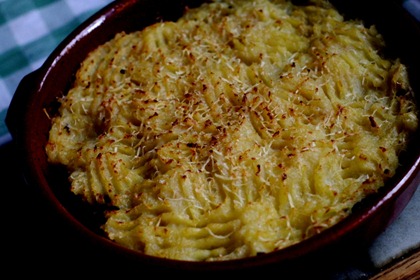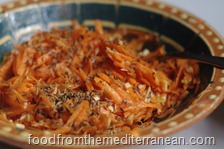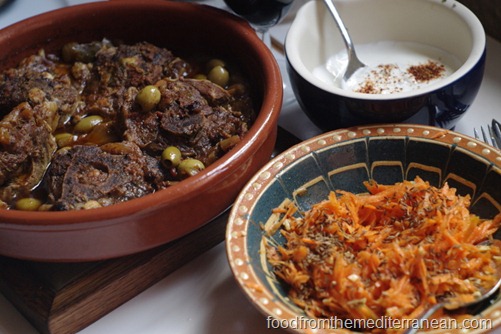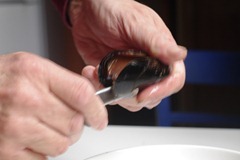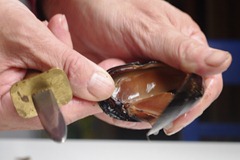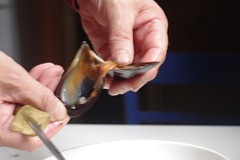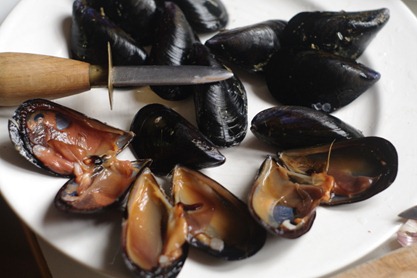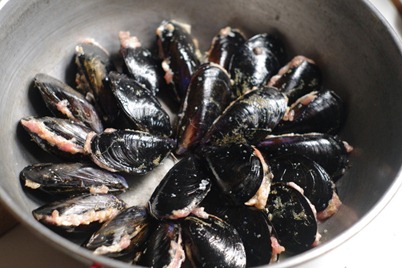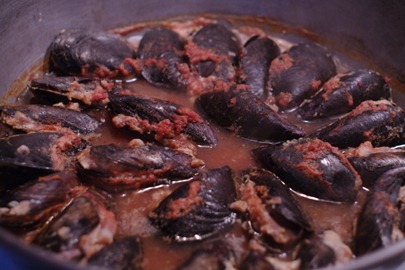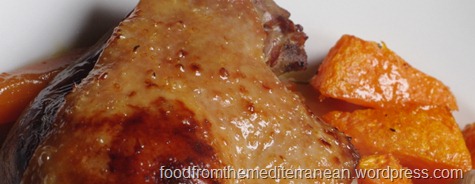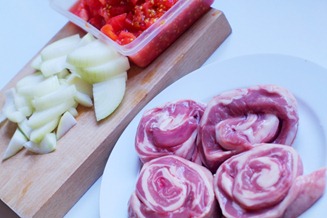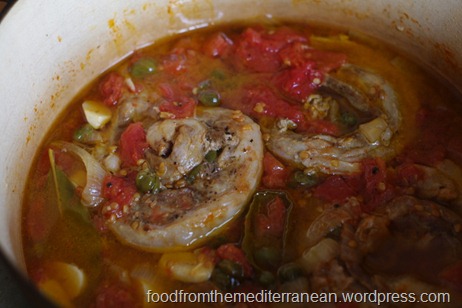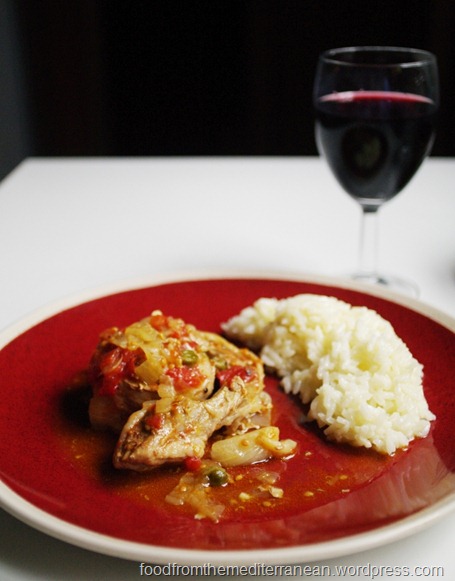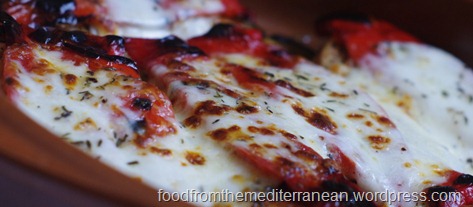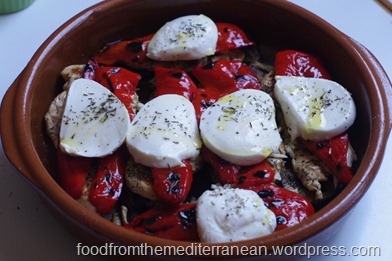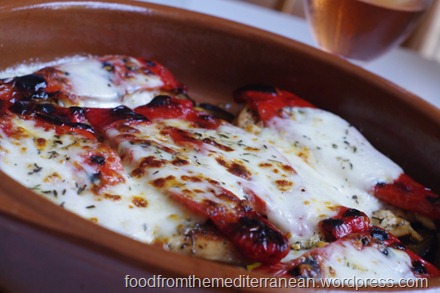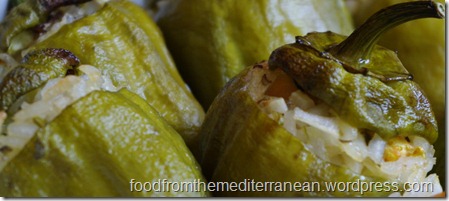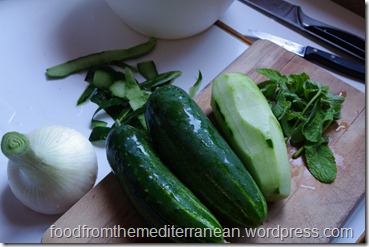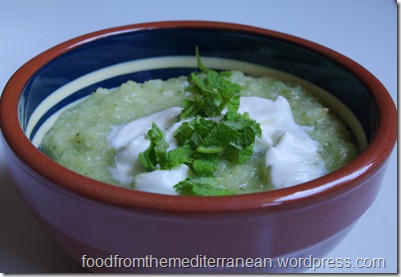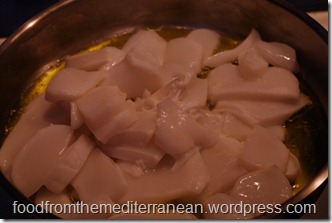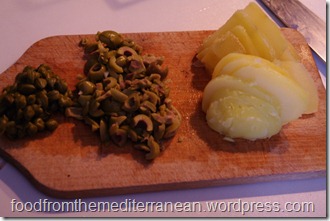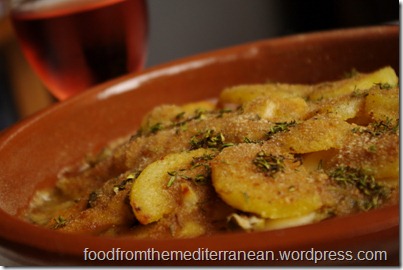Serves 2 to 3
300 grams black pudding (blood sausage or boudin noir)
2 medium potatoes
2 apples
2 cloves garlic, chopped
1 piment d’Espelette, chopped (or a teaspoon of dried paprika)
1 tablespoon grated Parmesan, or other hard cheese
olive oil, salt, pepper
Peel and chop the potatoes into chunks and boil until almost cooked. Add the apple, also peeled and cut into chunks, to the potatoes. When potatoes and apples are soft drain and mash with some olive oil and salt and pepper to taste.
Remove the skin from the boudin and chop into small chunks and mix with the chopped garlic and piment or paprika. Fry gently in olive oil in an earthenware dish until the chunks have disintegrated and the whole mixture darkens – about 10 minutes.
Spread the mashed potato and apple over the top of the boudin, sprinkle with the grated cheese and put under the grill for 5 minutes until lightly browned. Serve hot.
If you like garlic and parsley, as we do, you can add a persillade of chopped garlic and parsley when serving.
This is inspired by a dish we ate as a first course at the Bar L’Escampette.



